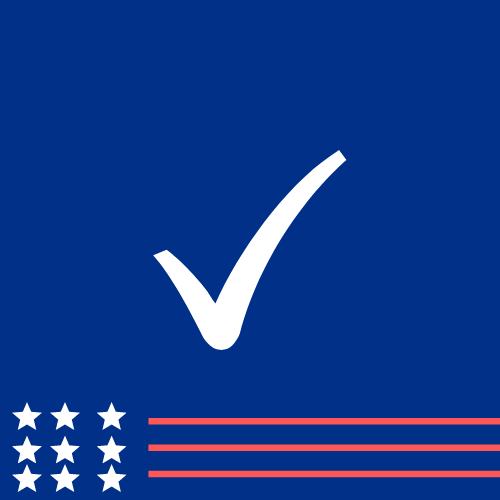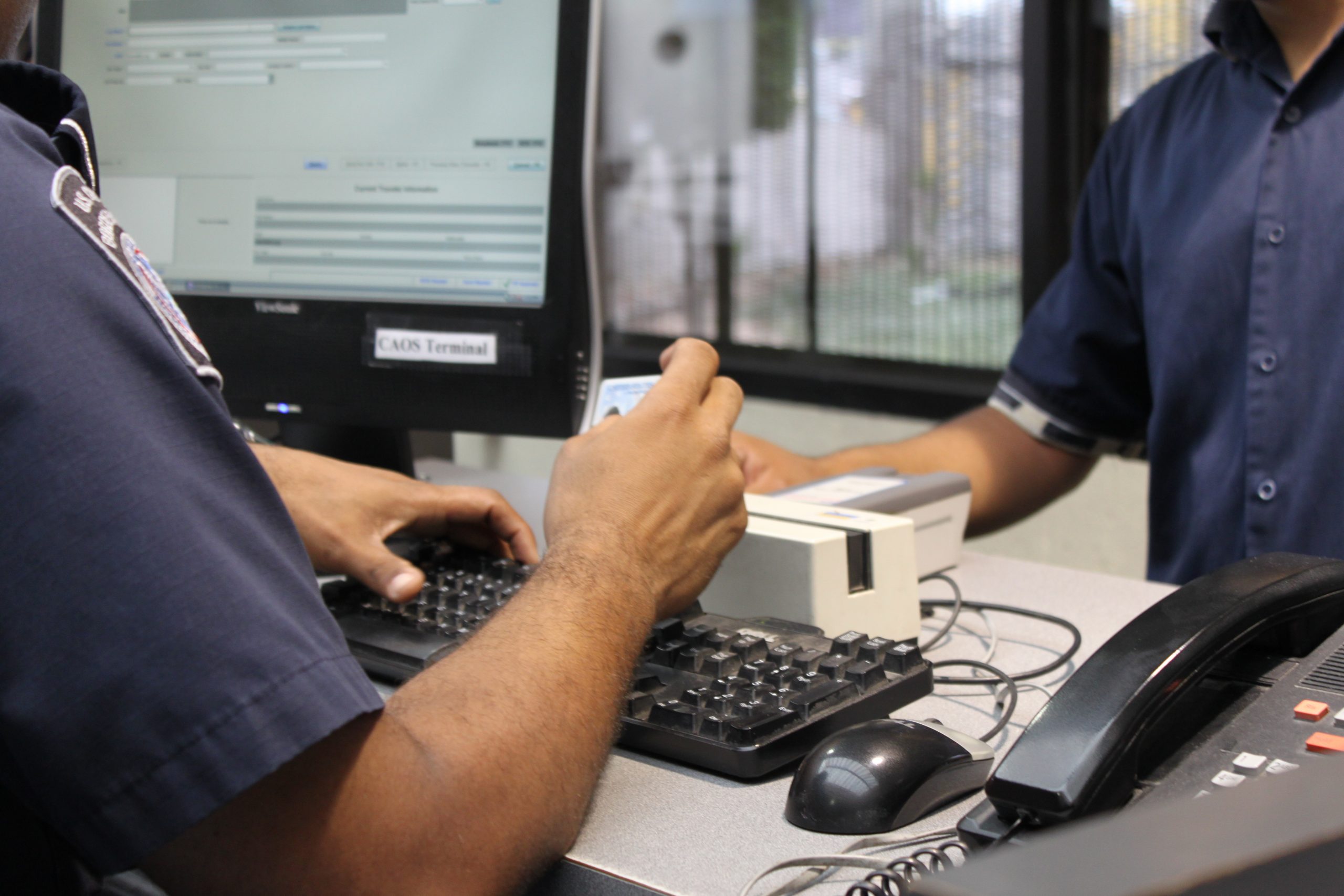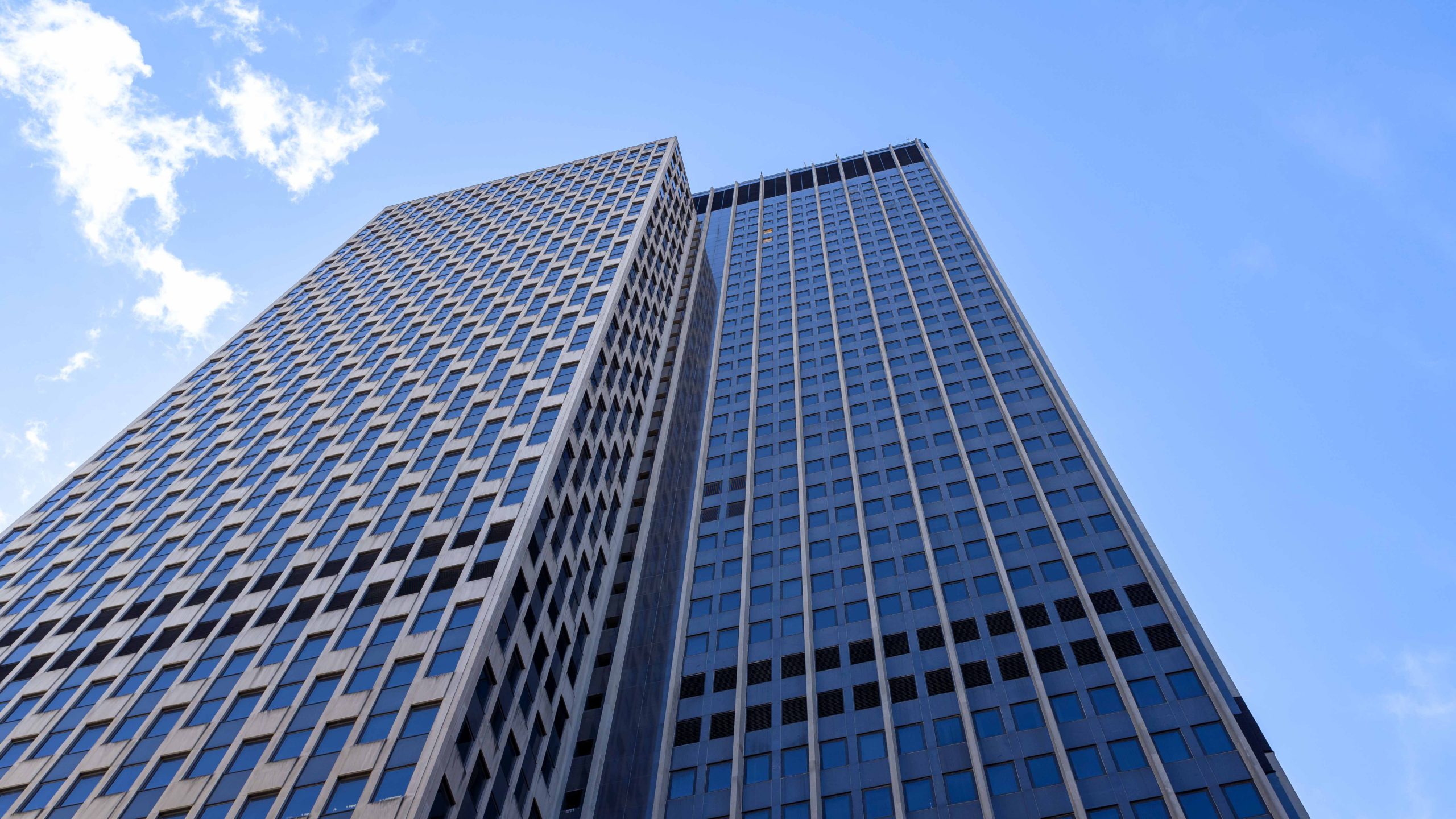

This piece about legal immigration was created in partnership with BORDER/LINES, a weekly newsletter dedicated to demystifying and contextualizing big immigration policy developments. Over the next month, Documented will be looking back at the Trump administration’s immigration policies over the past four years and examining how they’ve impacted New Yorkers. Read all of our coverage here.
Just one week into his administration, President Donald Trump issued an executive order suspending the U.S. refugee program and barring entry on most types of visas to people who had been present in or were nationals of Iraq, Syria, Sudan, Iran, Libya, Somalia, and Yemen. The sudden and unannounced order caused chaos at airports around the nation — particularly New York’s JFK — as attorneys and activists scrambled to figure out who was affected and how they could be helped.
Also Read: How Trump’s War on Sanctuary Cities Affected Immigrants
Since then, the Trump administration has taken step after step to restrict the avenues for legal immigration into the United States, whether as immigrants or temporary visitors and workers. While much of its rhetoric has focused on undocumented immigrants and asylum seekers — who are legally seeking protections guaranteed by law — the administration has also worked tirelessly to block the path of those who may already hold visas or have avenues to get them.
The first travel ban, which came to be known colloquially as the Muslim ban, blocked both entry and the issuance of new visas (excluding certain diplomatic-type visas) to people from those seven countries, which the Department of Homeland Security had previously designated as of concern. Customs and Border Protection (CBP) officials hadn’t been given proper guidance in advance, leading to confusion over whether legal permanent residents would be affected, and what would happen to people already traveling.
This lack of advance planning has become characteristic of these policy rollouts, helping to create a general air of hostility toward legal immigration and visitors of all types as part of a unified strategy to discourage them from ever coming, whether or not they would ultimately be affected.
Also Read: An ICE Shooting and a ‘Political War of Words’
A key point about the Trump-era shifts in immigration policy is that they have been purely regulatory; not a single immigration-related law has changed in the time that he’s been president, or even during the Obama presidency. Congress and the courts have made it so the president has very wide latitude in interpreting the laws and enacting their own policy agenda. In issuing the travel ban, Trump leaned on Section 212(f) of the Immigration and Nationality Act, a remarkably broad statute that allows the president to stop the entry of any “aliens or class of aliens” who he determines are would be “detrimental to the interests of the United States.” This same statute has formed the basis for several additional attempts at entry restrictions.
Ultimately, the travel ban was challenged almost immediately in court, utilizing arguments that would become standard for litigation against the administration’s torrent of immigration policy shifts: it was motivated by racial animus, it was an arbitrary and capricious decision that didn’t go through the typical process and channels, it didn’t take into account implementation. District and federal courts intervened to block it, as well as a second order that exempted people who already had visas and removed Iraq from the list. A third version added North Korea and a limited number of Venezuelan officials. This third version was eventually upheld by the Supreme Court, which found that the statute “exudes deference” to the executive.
In all, Trump has invoked 212(f) about two dozen times. The majority have been the types of limited-scope orders that had been habitual in prior administrations (for instance, suspending the entry of people who contributed to human rights abuses in Nicaragua). But a few, including those initial travel bans, have been very wide-ranging. In November 2018, Trump signed an order that applied the provision to migrants seeking asylum after illegally crossing the southern border, with simultaneous regulations that made them ineligible for asylum. In litigation around that case, judges didn’t engage much with the 212(f) question, as those who had crossed the border were already in U.S. territory, so the more pertinent question was whether they could apply for asylum or not. The transit bar, as it was known, was in place for months before being blocked by an injunction in June of this year.
In October 2019, another 212(f) order attempted to block would-be legal immigration —that is, people who would be traveling to the United States to permanently resettle, not those on temporary visas — who would not be able to prove they would have either the means to pay for healthcare or some type of health insurance plan within 30 days of their arrival in the country. That order was blocked by an injunction before it could go into effect and remains in litigation.
Also Read: A Family Trip Turned Into an Immigration Nightmare
On the same day — Jan. 31 of this year — Trump issued two new orders. The first, which came to be known as the “Africa ban,” essentially added six countries to the supposedly security-related travel restrictions; all immigrants (again, not visitors) from Myanmar, Eritrea, Kyrgyzstan, and Nigeria (except certain special immigrants, whose numbers are functionally zero), were banned, as were diversity visa immigrants from Sudan and Tanzania. This move caused outrage, particularly given that Nigeria is the largest economy in Africa, but the court’s prior court rulings left little avenue for a challenge.
The second order of the day was actually the first in a series of orders purportedly related to the coronavirus pandemic. It blocked the legal immigation of any person either immigrant or nonimmigrant who had been in mainland China for the 14 days prior to their attempt to enter the country. In the next several weeks, similar bans were issued against Iran, the European Schengen zone countries, the United Kingdom, and finally culminated in the broadest use of 212(f) to date: blocking all would-be immigrants who were outside of the country and had not yet been issued an immigrant visa. This latest restriction exempted a few classes of potential immigrants, but by and large stopped all immigration into the United States, on the at-best incomplete reasoning that this would help with the post-Covid economic recovery. It remains in effect now.
This restriction on immigrants was followed up with restrictions on the entry of nonimmigrants, including H-1B and L work visa holders, as well as J exchange visitors. Attempts are ongoing to also restrict international students’ ability to enter, study, and work in the country. An effort to tweak the rules so that students in the country on F and J visas would have to leave if the pandemic caused their programs to move entirely online was rolled back in the face of pressure from universities, but no new visas are being issued for students outside the country who would be engaged in online study. New proposed rules would further limit access to student visas.
Also Read: Growing USCIS Backlogs Could Be Worsened by Spending Cuts
Beyond the general ability to block entire classes of people through overbroad interpretations of a hazy statute, there are authorities explicitly granted to the executive by law, including the ability to establish a public charge test for visa and entry applicants, as codified in INA 212(a)(4). Trump used this power to expand the regulatory application of public charge from its previous conception as affecting mostly people who depended largely on direct cash assistance or might have severe and chronic health issues, to scrutinizing the past and even potential future use of noncash benefits like Medicaid and food stamps, as well as their income, education level, and other socioeconomic factors.
Because the order was issued under a different statutory authority than the others, it carries the distinction of applying not only to people outside of the United States but those already residing in the country who may be trying to change a visa or adjust to permanent residency (applications for citizenship are unaffected). Litigation around this issue has led to a number of confusing implementations, injunctions, and reimplementations. The measure was allowed to go into effect for applicants already in the United States earlier this year, but was blocked again in early November. Litigation continues, and it’s possible that it could be reimplemented if a higher court weighs in.
By law, the president also has the power to set the number of refugee admissions per year, and he’s steadily cut the rates. Refugees are often confused with asylum seekers, but they’re a little different in that they resettle in the U.S. already having gone through a process, instead of pleading their case from inside the country. As such, their numbers can be tightly controlled, and Trump has cut them steadily, from 110,000 in the last fiscal year of the Obama administration to 18,000 in this fiscal year, a limit which may not even be met. Some upstate areas, such as Buffalo, have come to depend on refugees for economic and social revitalization, and have had to adapt to the new reality of a much lower flow.
一文教你如何成为街头市集或夜市摊主
The flurry of restrictions to legal immigration will probably have a somewhat delayed numerical impact given the length of time that some applications can take to complete. According to statistics recently released by DHS, the number of new permanent residents only slightly dipped between fiscal year 2017, when the new administration took over, and fiscal year 2019, which ended in September 2019. The number of temporary worker admissions actually rose slightly. This does not take into account the changes this fiscal year, which, between logistical challenges brought on by the pandemic and regulatory shifts, will see a sharp decline in admissions and residency.
These measures to make legal immigration harder have ended up impacting New York particularly due to the simple fact that New York is home to many foreign-born immigrants who would be sponsoring relatives abroad; universities with large numbers of international students, including top student-visa user NYU; and a plethora of industries that rely on temporary worker visas. Both the city and state have gotten involved in almost all of the lawsuits against the various travel restrictions. As the administration faces the possibility of an electoral loss this November, many observers theorize that it will try to ram through a host of new changes, including further limiting the ability of students to work and making changes to other types of work visas, such as those for agricultural workers.
Also Read: The Legal Battle That Followed Trump’s Plan To End DACA














